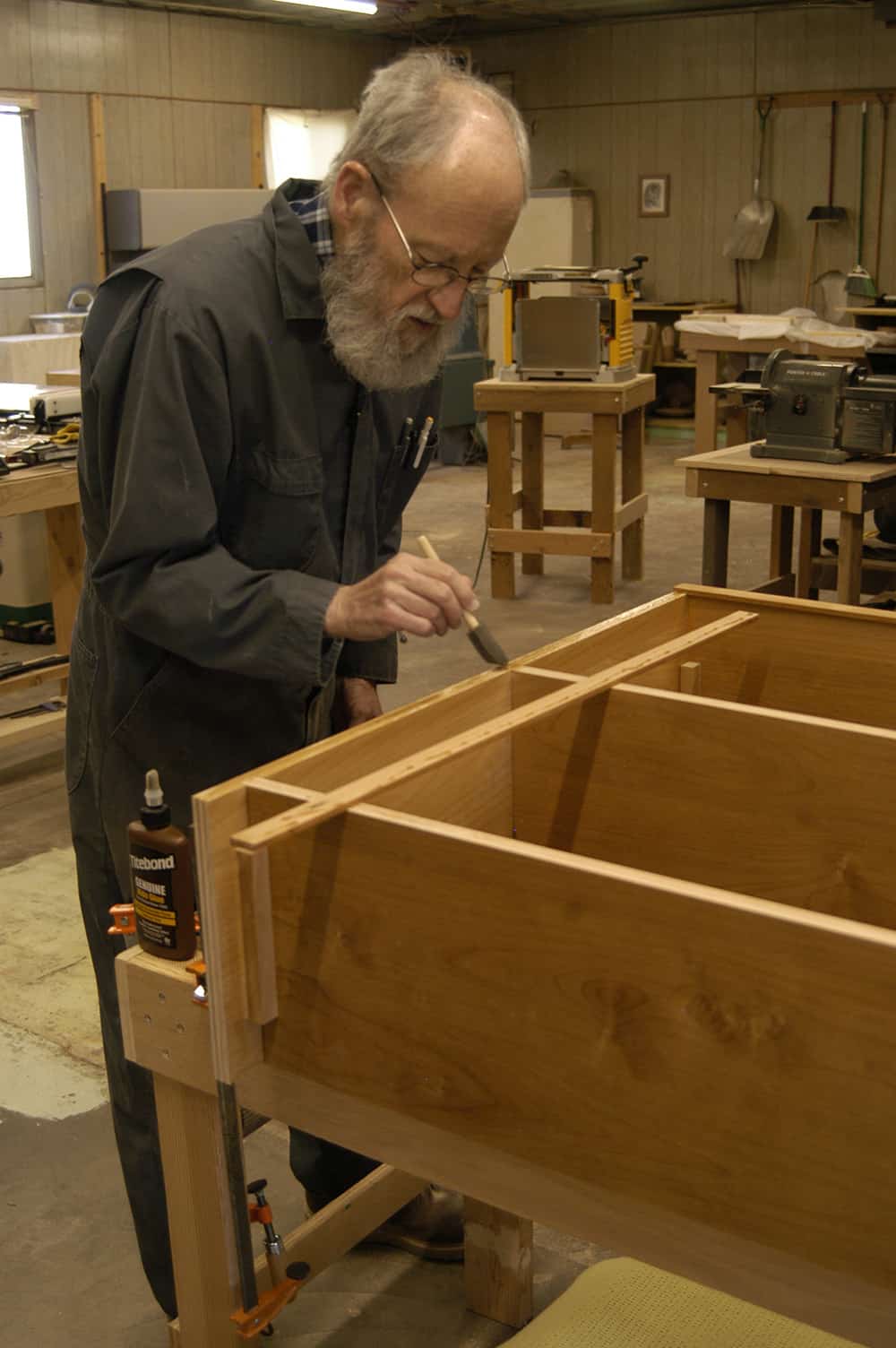At 4:30 a.m. the first bell rings in St. Benedict’s Monastery, marking the first prayer of the day. The lonely valley, still dark, encounters its first light, that of God in in the breeze of silence.
In one of the most beautiful valleys in Colorado everything seems peaceful and utopic, yet the Cistercian (Trappist) monks who live there well know the reality: Their life encounters the fullness of the human experience and is thus one of continued conversion, selflessness, prayer and work. It’s a life radically centered in the Gospel.
“We are attracted to the monastery because we feel a call to live a relationship with God according to the Rule of St. Benedict and the Cistercian life,” said Father Charlie Albanese, prior of St. Benedict’s Abbey in Snowmass, Colo. “But it’s not easy. We’re human, too.”
Nonetheless, its fruits are far more abundant than its suffering, he assured: The Cistercian monks don’t only keep watch for the Lord and the Universal Church, they also help all those who come to them grow closer to God in their daily lives and are in a continuous process to be more Christ-like through their joys and sufferings.
“We try to give expression to what everybody can do in their lives,” Father Albanese said. “It happens. The Spirit works. People experience the contemplative life when they come here. They encounter God and their experience starts to transform their own lives.”

The monks of St. Benedict’s Abbey built the monastery with their own hands in 1956 from their mother house, St. Joseph’s Abbey, in Massachusetts. The first community consisted of about 30 monks who did cattle ranching to sustain the monastery.
Through the decades, the monks sustained themselves in different ways. Ten years after their foundation, they developed a chicken business having around 10,000 chickens. Two decades later they went into the cookie business, which is still part of their work, but to a lesser scale. Now, their main source of income is the retreat house. Other than providing for most of the material needs of the community, it has also become an opportunity to lead visitors closer to Christ.
“Our primary mission is contemplative prayer. It’s specifically what we give life to and try to share through our retreat house,” Father Albanese said. “Many people have an experience of God even before they meet us. When they make the turn into Monastery Road, we often hear that it’s like entering into a sacred place.”
The Cistercian monks take this seriously, so much that Abbot Joseph Boyle has coined the term “keepers of the sacred valley” for his community.
Dedication to Christ
Yet, these experiences of God can also lead people to have a delusion of the monastic life. According to Father Albanese, one of the greatest misconceptions of this vocation is that it’s perfect: “What problems can you have when you give your life to God? I had the same illusion, that all my problems would be answered because I was joining the monastery.
“But God has been very gracious and merciful in my experience. You cannot come into a monastery and not realize very soon that there’s going to be a lot of work. You’re living with 12 to 18 people who are very different from you.
“No matter who we are, we’re going to find out the longer we stay, what God knows of us and what he wants to show us.”
The monastic life is a human life. The problems that a monk encounters are problems that any person encounters in the many circumstances of life, whether married, single or consecrated, Father Albanese said.

Loneliness is a challenge of this kind: “Loneliness is part of our life but it’s not all of it. You can be in a crowded city and be lonely,” he said. “It’s something most of us have to go through to know what’s on the other side: Relationships. We have to learn to experience God’s love in one another.”
Relationships are key in the monastic life, he assured. The monks pray and work together. They can talk during work but not during prayer or after the great silence, which extends from Vespers to Mass the following morning.
A fear of silence or loneliness should not be an obstacle to answer a monastic vocation, the prior stated: “If we give a little more time for prayer during the day, we may actually hear an invitation from God to listen in a deeper way to what he’s doing in our life. You can discover that in a monastery.
“It’s a paradox. It’s not going into the world and becoming a diplomat or missionary. It’s an inner exploration of prayer and community. And you will learn about yourself when you live in community.”




